Discourse Interaction in Impersonation Scam: A Perspective of Critical Discourse Analysis
DOI: 10.23977/langl.2024.070609 | Downloads: 34 | Views: 1017
Author(s)
Lujia Pan 1
Affiliation(s)
1 College of Foreign Languages & Literature, Northwest Normal University, Lanzhou, China
Corresponding Author
Lujia PanABSTRACT
According to critical discourse analysis, discourse is first and foremost the use of language, but also includes social factors related to it, and there is a dialectical relationship between language use and social factors. Based on the “Two-Layer-Five-Step” framework of discourse interaction analysis, this paper transcribes the content of the telephone recording of the impersonation scam, explores the interaction between the fraudulent discourse and institutional discourse, and concludes that the fraudulent discourse and institutional discourse interact to form a new discourse, and that the new discourse shows obvious dynamic intertextual characteristics. It is argued that the uncertainty of the meaning of the new discourse is indirectly influenced by social factors such as power relations and ideology.
KEYWORDS
Impersonation Fraud; Discourse Interaction; Critical Discourse Analysis; Institutional DiscourseCITE THIS PAPER
Lujia Pan, Discourse Interaction in Impersonation Scam: A Perspective of Critical Discourse Analysis. Lecture Notes on Language and Literature (2024) Vol. 7: 52-56. DOI: http://dx.doi.org/10.23977/langl.2024.070609.
REFERENCES
[1] Tian Hailong. (2020). Discourse Study on the Combination of Chinese and Western Medicine in the Treatment of COVID-19: Analysis of the Interaction between Chinese and Western Medicine Discourse Based on the "Two-Layer-Five-Step" Framework [J]. Journal of Tianjin Foreign Studies University, 27(02):128-139+161.
[2] van Dijk, T. A. (1998). Ideology: A Multidisciplinary Approach [M]. London: Sage.
[3] Zhao Peng. (2017). A Review of Domestic Critical Discourse Analysis Research in 2016 [J]. Journal of Tianjin Foreign Studies University, (04), 72-79.
[4] Tian Hailong. (2021). Discourse Interaction in Social Networks [M]. Tianjin: Tianjin People's Publishing House.
[5] Fairclough, N. (1995). Critical Discourse Analysis: The Critical Study of Language [M]. London: Longman.
[6] Bernstein, B. (1990). The Structuring of Pedagogic Discourse [M]. London: Routledge.
[7] Woolard, K. (1998). Introduction: Language Ideology as a Field of Inquiry [A]. In B. Schieffeilin, K. Woolard, & P. Kroskrity (Eds.), Language ldeologies: Practice and Theory [C]. Oxford: Oxford University Press.
[8] Verschueren, J. (2012). Ideology in Language Use: Pragmatic Guidelines for Empirical Research [M]. Cambridge: Cambridge University Press.
| Downloads: | 49120 |
|---|---|
| Visits: | 935834 |
Sponsors, Associates, and Links
-
Journal of Language Testing & Assessment
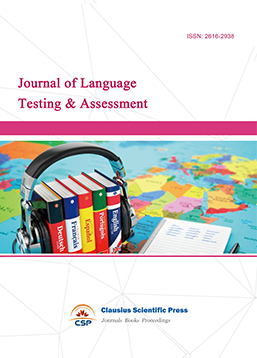
-
Information and Knowledge Management

-
Military and Armament Science
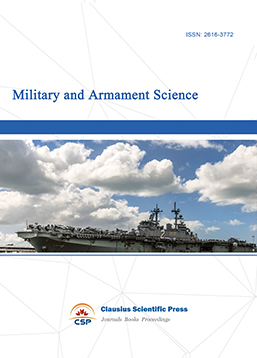
-
Media and Communication Research
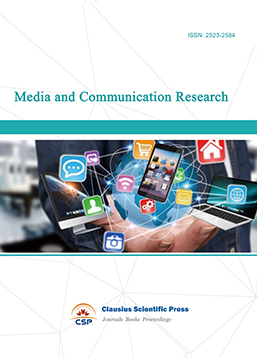
-
Journal of Human Movement Science
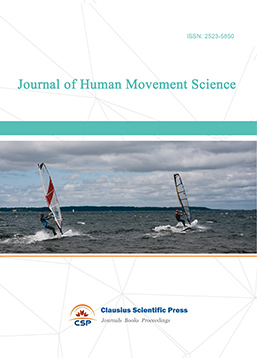
-
Art and Performance Letters
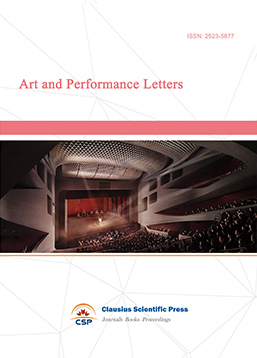
-
Lecture Notes on History
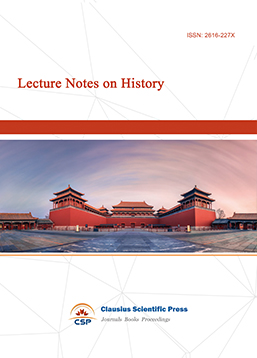
-
Philosophy Journal
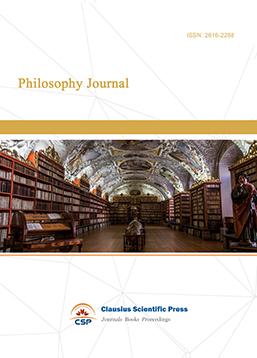
-
Science of Law Journal
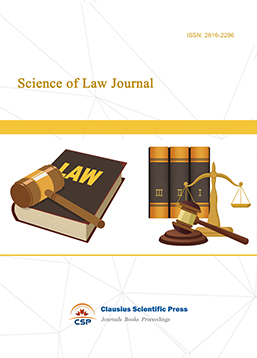
-
Journal of Political Science Research
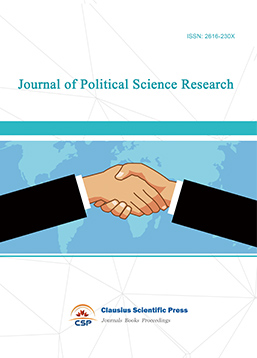
-
Journal of Sociology and Ethnology
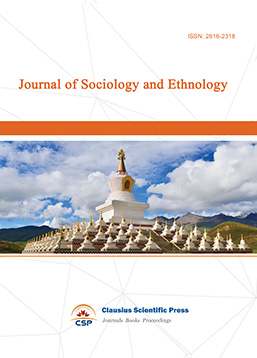
-
Advances in Broadcasting


 Download as PDF
Download as PDF